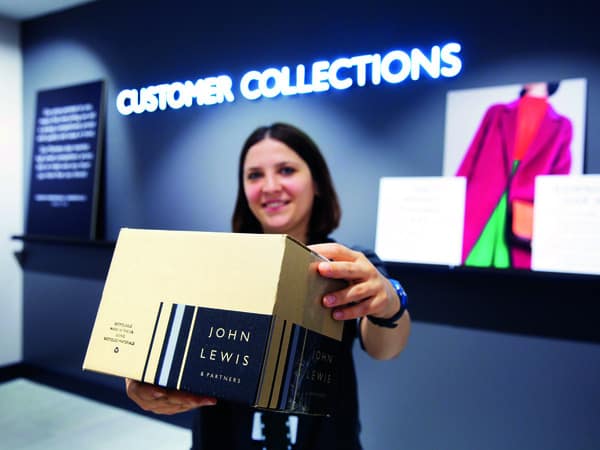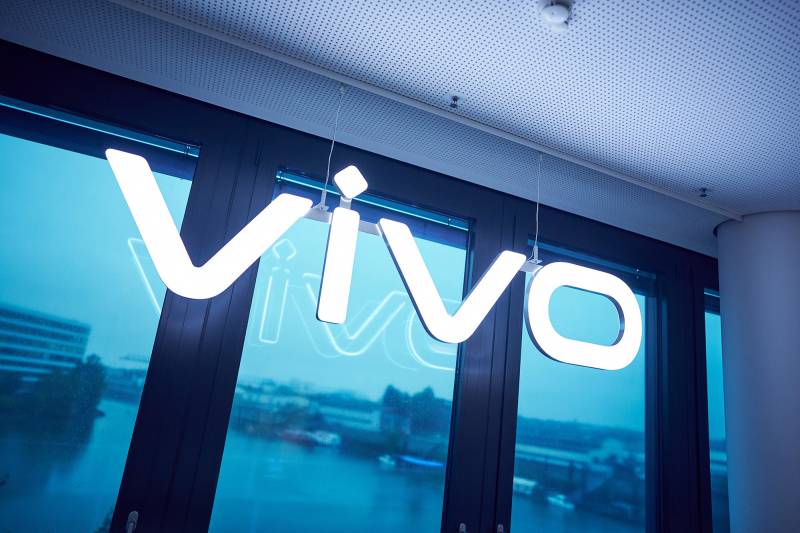On the surface, Studs resembles countless other direct-to-consumer jewelry brands that have popped up on your Instagram feed over the past few years, right down to the bold, sans serif font and plated hoops and chains. moderately priced gold.
But the company’s success three years ago is tied to a very off-line goal: to make ear piercing cool again. The brand launched in 2019 with an e-commerce site, but also a store on the border of Soho and the Lower East Side of Manhattan, where it offered trendy customers in the neighborhood to have their ears pierced with a single use sterilized needle instead of the typical gun used in mall fixtures stores and big box retailers.
The new twist on a routine service, combined with elegant yet affordable jewelry, was a hit. Studs, which has raised about $30 million from venture capital firms including Thrive Capital, now operates 14 stores in major cities including New York, Los Angeles, Boston, Miami and Austin.
A typical outpost serves as a billboard for the brand, luring customers into a neon-drenched space with playful, punny signage (“hey, stud,” reads a mirrored sign on the Upper East Side of the company). The goal is for each visitor to stay for a piercing and leave with at least one piece of jewelry. It costs less to acquire new customers this way than to attract them with online advertising, said Lisa Bubbers, co-founder and chief brand officer at Studs. These customers also tend to be more loyal.
“We consider ourselves a retail service company,” she said. “Our grip is the piercing service.”
Studs is one of a growing number of direct-to-consumer brands that see in-person services as the next big market to disrupt. With Instagrammable outposts and savvy branding (Studs has adopted the term “earscaping”), they promise an experience customers can’t get elsewhere, even if the service itself is hardly revolutionary.
Eyewear brand Warby Parker helped usher in this new wave of retail when it introduced eye exams to its physical stores in 2013 (it now offers the service in more than 100 locations). Facegym started with facial massages and is on track to generate about half of its skincare product sales this year. Feit, which sells hand-sewn shoes, is one of many brands offering in-store repair services.
The initial cost of opening a store is high. But customers who visit one of these starter stores for a facial or eye exam also tend to spend more on products, making these establishments more profitable than online retail.
“It’s more profitable to bring someone into your store to buy,” said Laura Barr, senior vice president of retail and consumer at brokerage CBRE. “If you have a service that compels customers to come into a store, that’s a great way to drive traffic.”
Solving the Retail Equation
Service-focused stores are a subset of a larger trend where digital-focused brands are pushing hard into brick-and-mortar retail. Many do this after failing to build profitable businesses online; the costs of finding new customers via social media ads are ever-increasing, and cultivating brand loyalty has proven difficult.
Warby Parker, which pioneered the first digital direct selling model when it launched its online store in 2010, also provided a model for providing real-world services. The company opened its first standalone store in New York City in 2013, with immaculate built-in shelves filled with eyewear and stylish books. In 2019, Warby Parker stores accounted for 65% of the brand’s overall sales.
Eye exams, which cost $85 or more depending on customers’ vision insurance, contributed less than 2% of brand revenue in 2021. (Some customers’ insurance fully covers exams). But they are valuable beyond this increase in direct sales.
“What we’ve seen is a higher conversion rate from stores where we employ an eye doctor for customers who buy a product,” Warby Parker chief financial officer Steve Miller said on a call. to the results in August. “The introduction of eye exams was critical to the evolution of our brand when we launched physical retail and continues to be a core business offering,” the company said in an emailed statement. mail.”By investing in eye exam suites, alongside our other vision services, we continue to deliver more value to our customers over time.”)
Other brands have incorporated a physical service component from the outset.
Facegym was launched as a concession store in Selfridges in 2016, offering a hyperactive version of facials called workouts, where trained associates in sportswear manipulate a person’s facial muscles using tools like anti-aging rollers and a contour sculptor.
Inge Theron, the company’s founder and creative director, said her initial ambition was to become the “Soul Cycle of beauty”. Facegym now operates 15 studios in the UK and US, where around half of its customers go for sessions ranging from $65 to $300. In 2017, the company started selling third-party skincare products and launched its own line in 2020.
This year, sales are expected to be split roughly evenly between treatments and the brand’s serums, face oils and moisturizers, and are expected to reach $16 million in 2022. Although Facegym is doing strong business online, it relies on these facial workouts to stimulate the skin. care sales. About 70% of customers who buy Facegym’s skincare products have visited the studio first, Theron said.
“It was essential for us to have these spaces,” Theron said. “If we didn’t create that experience, it wouldn’t really land.”
Three more sites are expected to open by the second half of next year.
Studs stores also retain its most avid consumers.
The company’s piercing service, which starts at $65 and includes a piercing and the purchase of an earring to fill the hole, also drives repeat visits. Bubbers said about 40% of customers who get pierced return to Studs for another piercing or to purchase more jewelry within their first year. Most of those customers who get pierced come back to the store and spend more per transaction, she added.
A costly strategy
Building a network of physical stores is not cheap. Facegym spends an average of hundreds of thousands of dollars building its studios, filled with plush spa recliners, quartz countertops made from recycled Chobani lids, and Skin IV machines that trainers use for advanced facial workouts.
Still, Facegym is profitable EBITDA across all of its stores, Theron said. Warby Parker says it can recoup the funds it uses to open each location in less than 20 months on average.
Studs says its stores typically recoup their opening costs in less than a year.
The added cost is offset by lower customer acquisition costs, Bubbers said.
“Stores don’t require a lot of marketing dollars,” Bubbers said. Studs uses social media content like short videos about types of professional piercer piercings, and celebrities like Kaia Gerber to publicize its outlets.
Generating profits on a four-wall basis – which is the sales generated in the store minus the costs to make that sale – does not mean that a business is profitable overall. Warby Parker ended the first half of the year with $66 million in losses, compared to about $7 million in losses in the same period a year earlier. Studs has yet to make a profit on its overall business either, Bubbers said.
Recruiting talent is one of the biggest challenges of a store-based strategy, Theron said.
“It’s hard work – you have to sculpt people’s faces into submission,” she said. “There’s not a huge pool of talent, but a high demand for it.”

:quality(70)/cloudfront-eu-central-1.images.arcpublishing.com/businessoffashion/IYC3AJUUBJH6JMEAEAGJLWHUSY.jpeg)


